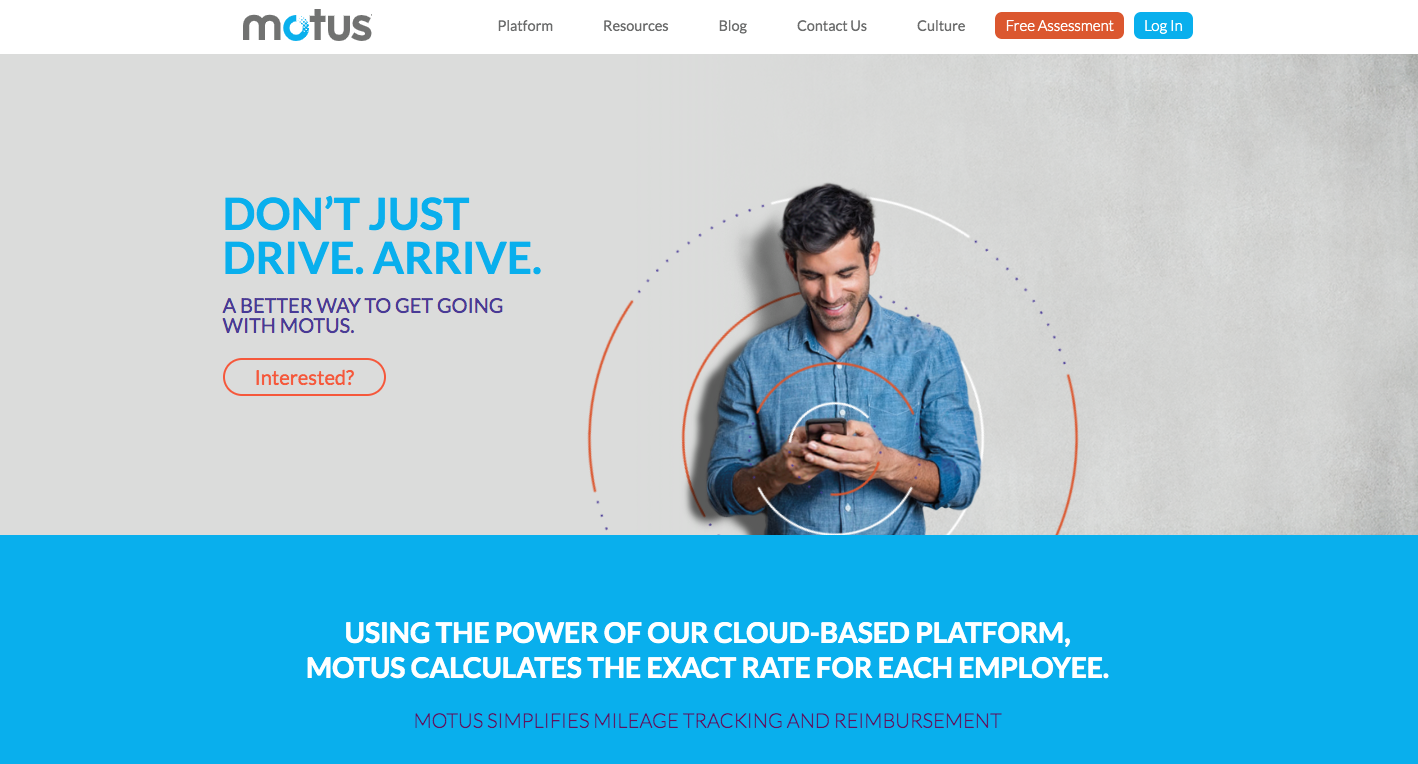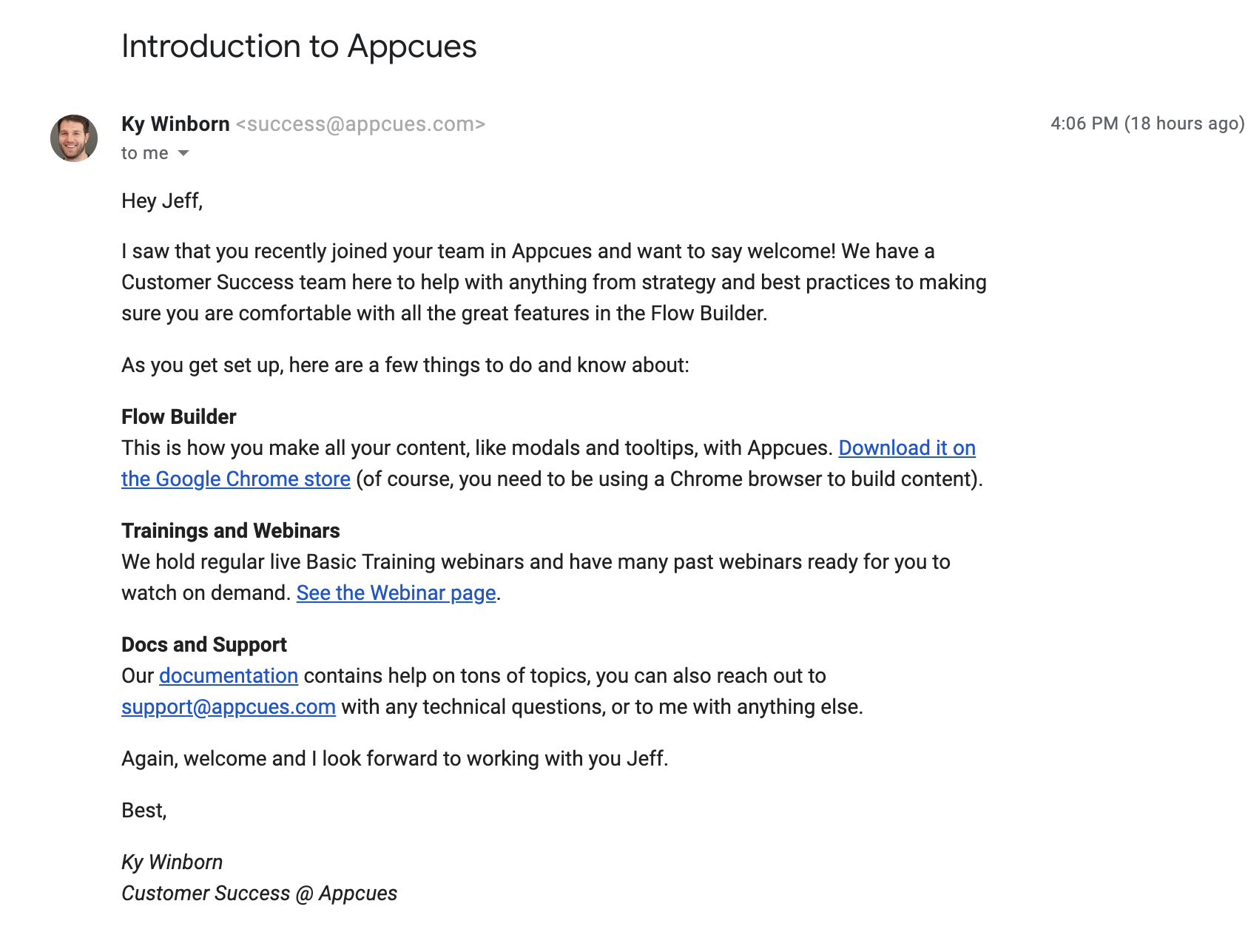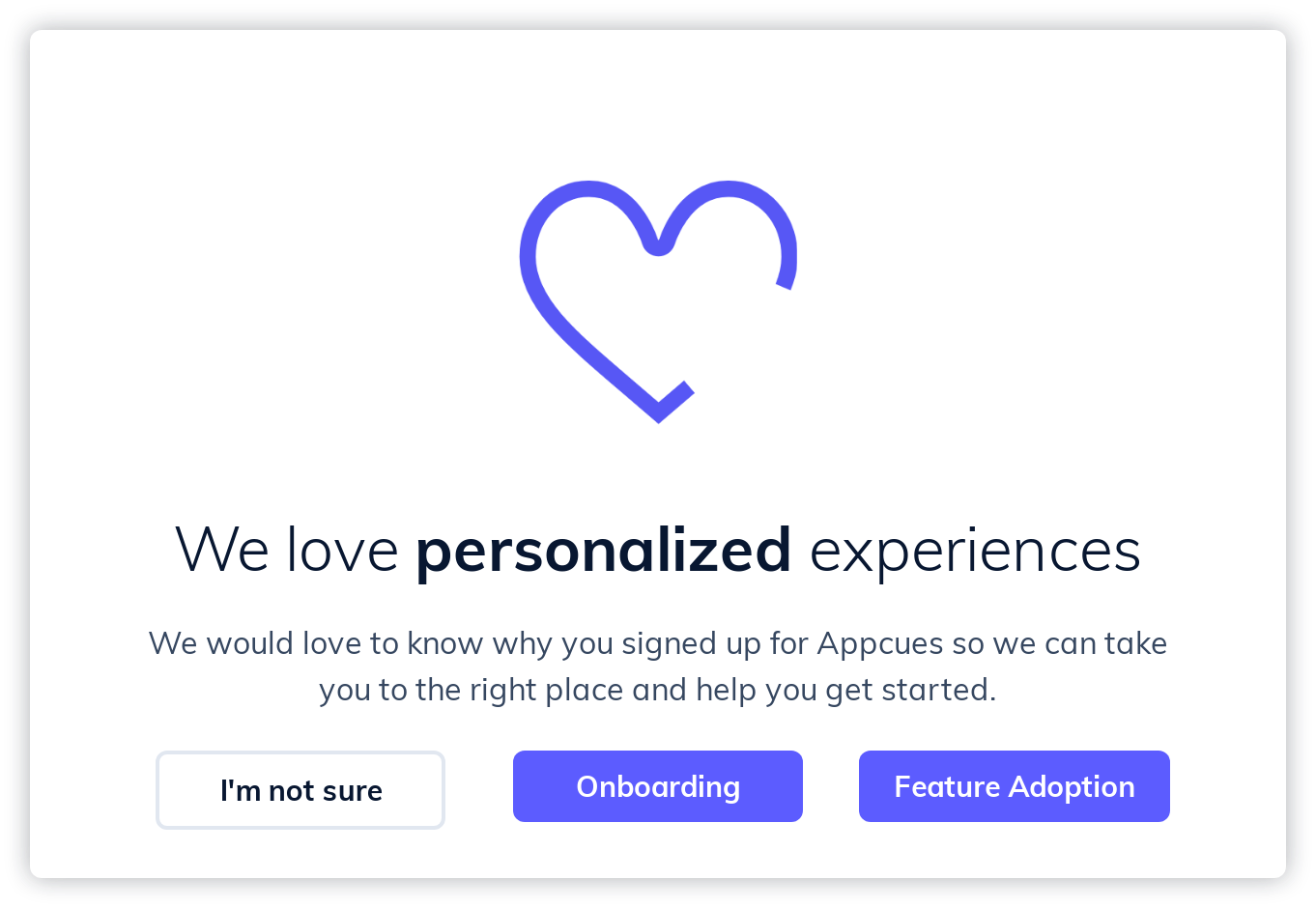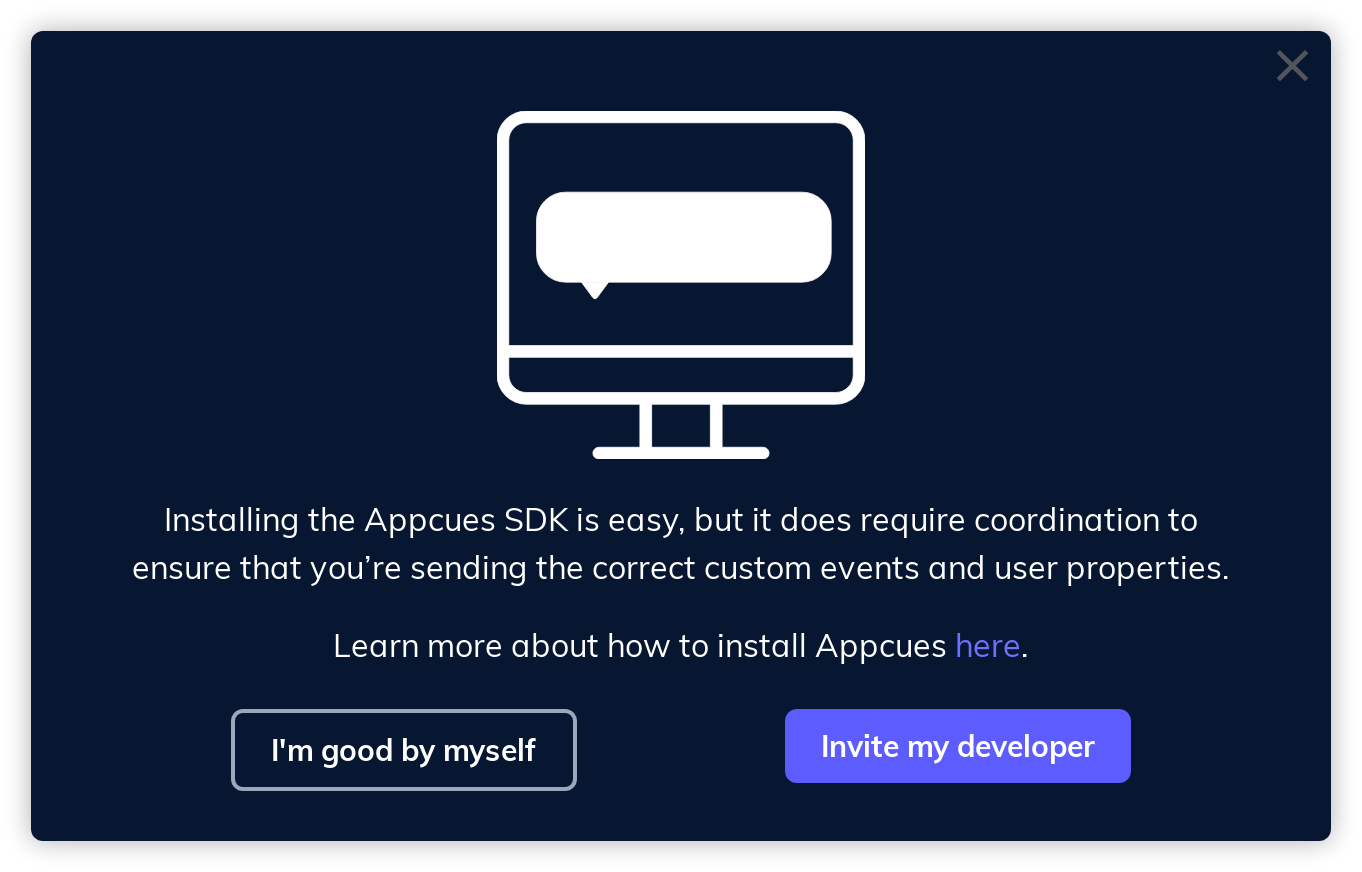SaaS has an nth user problem

.png)

.png)
Lexie Reed had a problem.
Her company, Motus, specializes in automating mileage capture for mobile workers. Like the mobile workforce itself, Motus was growing quickly, with thousands of drivers joining the platform quarterly. That was the good news. But support costs were skyrocketing along with growth—that was the bad news.
The Motus platform had expanded over the years, and the interface had become more intricate as a result. But at the heart of the issue was an education problem: Motus’ end users were time-strapped, on-the-go workers who didn’t have the time or motivation to learn another piece of software. They wanted to save time, capture their mileage easily, and get accurate reimbursements—not pour over a user manual.
Motus’ onboarding program was heavily reliant on live trainings. Lexie knew this process was costly and time-intensive, but was shocked to uncover how ineffective it truly seemed to be: An internal study found recall of 30% a few weeks after the initial training.
Then, Lexie uncovered an even more complex problem: High turnover within Motus’ customers meant that after only a few months, a significant percentage of end users hadn’t been present at the initial training session. In other words, a huge portion of their users had never been properly onboarded.

The problem Motus faced was one that many SaaS companies struggle with: How to not only onboard users effectively and efficiently, but also how to do it continually as new folks joined existing accounts on the platform.
We call this the nth user problem.
The nth user problem belongs in a particularly nefarious group—because it’s one most of us are blind to. Us product folks have spent a lot of time and energy thinking about the first user: the one who signs up. And we’ve spent lots of time thinking about the ol’ money bags user: the one that puts in the credit card. But we’ve collectively missed everyone else. The people in this forgotten cohort are our nth users.
In this article, we’ll cover how to diagnose the size of your nth user problem and how you can improve it. But first, let me say definitively:
If accounts on your platform have more than one user, you have this problem. Heck, Appcues is used by product growth teams to improve user onboarding—and we still struggle with an nth user problem.
Why is this such a big deal? The implications are a veritable bingo of serious SaaS afflictions: high support costs, low referral rates, and growing churn.
A huge driver of churn in the most successful SaaS businesses is loss of champion churn —or when your product’s greatest advocate within a customer company moves on to another job or department and the replacement admin abandons your product in favor of a new platform. This is the end result of the nth user problem at work. Told you it was nefarious.
With more and more work becoming team-based (music to our ears), building collaboration into your product is a must. When we dug into our own data, the number of users added to an account during the trial period was the strongest correlating factor to both purchase and retention rates—stronger even than usage of the platform itself.
Basically, if you’re not onboarding these subsequent teammates properly, those accounts are operating on borrowed time.
As Anna Talerico, SaaS advisor and entrepreneur explains:
It’s wonderful (and fairly magically) when one person inside an organization buys, and then usage organically grows to new people, teams, and departments. But for most products, it takes a surprising amount of effort to plant deep roots inside your customer’s organization. It’s worth the effort, because the broader and deeper your product adoption is within a customer account, the less likely it will be that they will cancel. Many tentacles are important to retention.
Now that we’ve established that you almost definitely have an nth user problem, let’s talk about how you can solve it.
To identify the right solution for your product, start by understanding the scale of your problem. Here are 4 ways to do just that:
We’ve talked to lots of SaaS folks, at companies big and small, who are investing a ton of money in their CS teams to ensure they are integrated throughout their own customers’ organizations. Their sales teams have updated their processes to include more people in the buying decision in order to ensure familiarity and buy-in up-front. They’re tracking support at the account level to get a better sense of when an account needs an education intervention. In other words: They’re spending a lot of money and time trying to patch over the nth user problem.
These tactics do work—but they struggle to scale. Dharmesh Shah, founder and CTO at Hubspot, explains:
Nth users represent tens of thousands of people. There is no way we can give them the high-touch, human-led onboarding that happens for our first user in the first 90 days. So our product team is experimenting with more automated onboarding flows that orients additional users to a busy portal while also putting their unique goals front and center.
At Motus, recurring trainings were an option—but a costly one that involved scheduling, hiring, training new educators, travel, etc. It was also a problem for their user base: A day spent in training was a day not spent selling, transporting goods, or meeting with partners. Motus knew they needed a different solution.
First note: Any solution here won’t be a silver bullet, and it won’t be final. These solutions will be a moving target. Changes to your functionality, your business model, your team, your customer base, etc will all impact what the right solution for your context is.
Second note: 👋 Hi, we’re Appcues! We help people like you (yes, you!) solve these issues from within the product itself. More and more software companies are becoming product-led, by which I mean their product is their primary lever for growth and that everything that can be brought in-product—from marketing to sales to onboarding to CS and support—will be. It’s not that sales calls or customer success webinars are a thing of the past, but customer expectations have shifted to the point that leading with a high-touch approach rarely cuts it anymore.
Now, here are our principles for picking the right nth user onboarding solution:
Onboarding should be clear, obvious, and available to all users.
Entirely too much time is spent clicking around aimlessly within products.
Onboarding should be personalized.
Not all users want or require the same education upon arrival. Onboarding that is personalized to fit a user’s goals, role, and stage in their user journey is far more effective than a one-size-fits-all experience.
The best solution will depend on the context.
If you understand why nth users are getting added to an account you’re already halfway to finding the right solution. Things to know: Do all users have the same role? Do they work together? Do they communicate outside your product?
Solutions must be asynchronous.
Your customers are everywhere, and are learning new tools on their time—not when you want them to.
In order to measure the success of your efforts, you’ll first need to establish some benchmark metrics around your nth users. These can include:
Once you’ve taken your some guiding principles to heart and have your metrics squared away, you can start reaching out to your nth users. Below are examples of some of the channels you can use to onboard users who enter your product downstream. As with any user/customer communication, the best method varies from product to product, but almost always involves a combination of 2 or more channels.

Email: At Appcues, we created a full onboarding drip to welcome new users invited to accounts.
Ongoing webinars: A rolling invite for onboarding webinars means any user—no matter when they join—can get help from an expert.
Video tutorials: Easily accessible and digestible content to teach users on their own time how to use your platform.
Support widgets: Help desk platforms like Help Scout, Intercom, and Zendesk provide in-app widgets that make searching existing documentation and starting support conversations easy.
In-app experiences: Native experiences that can be carefully targeted and choreographed to guide new users through the key pieces of the platform.

Lexie and the Motus team started by identifying how their lack of nth user onboarding was causing problems. They also identified the criteria they would use to determine whether their efforts had been successful—specifically, the amount of post-onboarding support required by nth users, before and after putting solutions in place.
Next, they outlined all topics that were being covered in their live trainings and performed an in-depth analysis on the support tickets that were opened by users during their first 90 days on the Motus platform. This allowed them to determine what aspects of their current trainings were working, and what topics needed to be addressed in more detail.
With that information, they used Appcues flows to create an inviting, frictionless and personalized onboarding experience for all their users—regardless of when they were added to the platform. Motus was now able to use event triggers to proactively offer help at relevant moments in the user experience—meaning their users received the training when they needed it most.

None of this was effortless, of course. Solving complex problems never is—but for Lexie and Motus, their efforts paid off. Not only did they see support ticket volume markedly decrease, but they were also able to significantly reduce the number of live trainings performed for new customers.
With help from Appcues, the non-technical folks at Motus are now able to create new flows in a matter of minutes, while their developers focus on building and improving their product’s core functionality.
Yep, we have this problem at Appcues, too.
It snuck right up on us, really. It wasn’t until we looked at our NPS data for added users that it became clear—we needed to improve.
Today, we’re still in the experimentation phase, testing every channel listed above. We’re sending welcome emails, conducting webinars on a monthly basis, recording video tutorials (shout out to Meryl!), using an ever-present support widget (our choice is Help Scout), and of course, communicating with users through in-app flows that we build with Appcues.

We recently experimented with asking for more information in the invitation process up-front to allow us to provide a more personalized onboarding experience. Sneaky side benefit: We can now better track our success for different types of users—in our case, designers, developers, PMs, and marketers.

For metrics, we’re using the ratio of onboarded users to all users to predict improvements, plus contact ratio and NPS as lagging indicators of success.
Better nth user experiences bring happier customers and steadier revenues. So if you want to grow with your customers and be around for the long haul, you really need to solve this problem.
Feel free to use our approach as a starting point, but know that it will need to be continually tweaked to meet your own product’s needs depending on who your users are, why they join existing accounts, what you need to teach them, and what they are looking to accomplish.
The most important thing to take away: Onboarding is not a single box, to be checked off with a flourish for each account. Instead, onboarding is something that must be done (and redone) at the individual user level.
Identify where you’re failing new users, figure out how to give them help when they need it, establish metrics for tracking improvement—and you’ll be well on your way to solving the nth user problem.